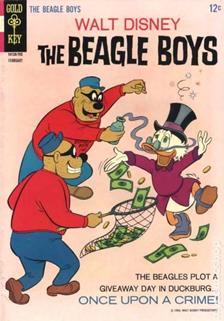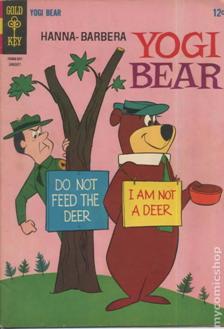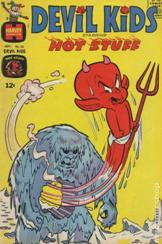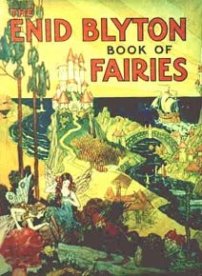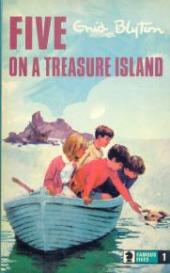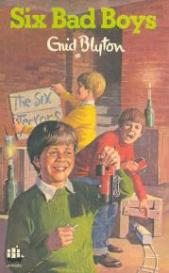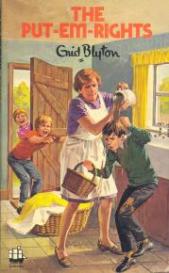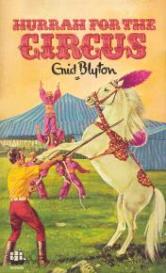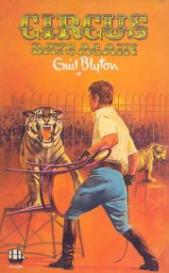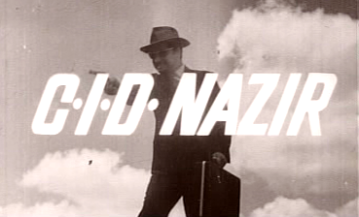1 Now the serpent was more subtil than any beast of the field which the Lord God had made. And he said unto the woman, Yea, hath God said, Ye shall not eat of every tree of the garden?
2 And the woman said unto the serpent, We may eat of the fruit of the trees of the garden:
3 But of the fruit of the tree which is in the midst of the garden, God hath said, Ye shall not eat of it, neither shall ye touch it, lest ye die.
4 And the serpent said unto the woman, Ye shall not surely die:
5 For God doth know that in the day ye eat thereof, then your eyes shall be opened, and ye shall be as gods, knowing good and evil.
6 And when the woman saw that the tree was good for food, and that it was pleasant to the eyes, and a tree to be desired to make one wise, she took of the fruit thereof, and did eat, and gave also unto her husband with her; and he did eat.
7 And the eyes of them both were opened, and they knew that they were naked; and they sewed fig leaves together, and made themselves aprons.
8 And they heard the voice of the Lord God walking in the garden in the cool of the day: and Adam and his wife hid themselves from the presence of the Lord God amongst the trees of the garden.
9 And the Lord God called unto Adam, and said unto him, Where art thou?
10 And he said, I heard thy voice in the garden, and I was afraid, because I was naked; and I hid myself.
11 And he said, Who told thee that thou wast naked? Hast thou eaten of the tree, whereof I commanded thee that thou shouldest not eat?
12 And the man said, The woman whom thou gavest to be with me, she gave me of the tree, and I did eat.
13 And the Lord God said unto the woman, What is this that thou hast done? And the woman said, The serpent beguiled me, and I did eat.
14 And the Lord God said unto the serpent, Because thou hast done this, thou art cursed above all cattle, and above every beast of the field; upon thy belly shalt thou go, and dust shalt thou eat all the days of thy life:
15 And I will put enmity between thee and the woman, and between thy seed and her seed; it shall bruise thy head, and thou shalt bruise his heel.
In the Old Testament creation myth, the serpent is the villain: it is he who tempts Eve with the “Fruit of Knowledge of Good and Evil”, which God had expressly forbidden mankind from eating. This results in man’s expulsion from the Garden of Eden (the so-called “Fall”), and the everlasting enmity between man and serpent.
This is true of the Levantine Religions which subscribe to this myth. But for me, brought up in sylvan landscape of rural Kerala, the snake is an entity to be worshipped. He is feared, true, but that is because of his power which is enormous when unleashed – a curse from him can affect seven generations, it is said – but he is also revered. During my childhood, each big house had a corner of their compound set aside for the traditional Sarpakkavu, the sacred “Serpent Grove”.
My family was educated and “enlightened”, so they did not go for this pagan nonsense (they believed in the gods, of course) and I grew up with a healthy contempt for such animistic practices. As “civilisation” spread and villages became towns and then cities, traditional Kerala homesteads made way for modern terraced villas and multi-storey apartment complexes: and the sacred groves were slowly encroached upon by western style lawns and rose gardens.
Ironically, as I slowly lost my faith in the gods as absolute entities, my creative interest in the spiritual facet of myth grew (helped by the discovery of Joseph Campbell in my early twenties) – and I began to pine for the lost serpent groves: seas of tranquil peace in the hustle and bustle of daily life, where huge centenarian trees stood guard; where the afternoon slept peacefully, and nature woke to lusty and dangerous life at twilight.
The Sacred Grove
The concept of the sacred grove is hardly confined to Kerala, India or the East – It is part of most of the pagan universe in general. Sir J. G. Frazer, in his landmark book The Golden Bough, discourses at length about the sacred grove of Diana at Lake Nemi, where the priest-king was ritually killed annually and reincarnated in his successor. From Wikipedia:
The Golden Bough attempts to define the shared elements of religious belief and scientific thought, discussing fertility rites, human sacrifice, the dying god, the scapegoat and many other symbols and practices whose influence has extended into twentieth-century culture. Its thesis is that old religions were fertility cults that revolved around the worship and periodic sacrifice of a sacred king. Frazer proposed that mankind progresses from magic through religious belief to scientific thought.
This thesis was developed in relation to J. M. W. Turner’s painting of The Golden Bough, a sacred grove where a certain tree grew day and night. It was a transfigured landscape in a dream-like vision of the woodland lake of Nemi, “Diana’s Mirror”, where religious ceremonies and the “fulfillment of vows” of priests and kings were held.
The king was the incarnation of a dying and reviving god, a solar deity who underwent a mystic marriage to a goddess of the Earth. He died at the harvest and was reincarnated in the spring. Frazer claims that this legend of rebirth is central to almost all of the world’s mythologies.
Curiously enough, the temples of the Goddess in Kerala are called “kavu”s (groves), even when there are no trees present within the compound! I have always felt that we must have “progressed” from real groves to today’s elaborate structures as patriarchy slowly replaced the pagan matriarchy and the Goddess was subjugated as the consort of God. At some point of time, the Earth Mother was enslaved by the her consort, who was her son as well – and instead of being the offspring of Gaia, man became her master. (We all know the impact of this paradigm shift on the environment, but that is another story.)
If the Goddess represents the dark and mysterious female principle, her companion in popularity in Kerala, the snake, represents the male principle. No wonder he also resides in a grove, and is directly linked with fertility. People sacrifice at famous snake temples throughout the state for getting offspring and for their continued welfare: in the famous temple at Mannarsala, a down-turned uruli (a flat vessel) is the offering, under which a snake comes to meditate until a child is born to the devout couple (the Freudian and Jungian connections are obvious here).
So, going back to the Biblical myth, I always wonder whether the serpent was a benign deity originally, who was recast into the role of the villain as the Abrahamic myth gained traction? The fruit he offers Eve makes her aware of her sexuality, and she is henceforth cursed (or blessed?) by God to “bring forth children in sorrow”. Maybe the Garden of Eden was initially the Grove of the Serpent, and the myth had an entirely different form…
Constructing a Sarpakkavu
Our ancestral home in Thrissur is a huge monstrosity with sprawling grounds. A few years ago, my sister (who is an artist and a connoisseur of artistically eccentric ideas) decided to create a Sarpakkavu in one corner. Initially, no one was in support. The traditional method of creating the grove being leaving the area totally unattended, allowing the bushes, trees and creepers to grow at will, soon one corner of our compound was choked with grass and bush. It became a haven for stray dogs, snakes and everyone was aghast at the unsafe conditions: but my sister doggedly persisted.
Soon, nature took over. As the big trees began to grow and spread their branches, the shade of the leafy canopy slowly killed off the wild grass, and the floor became more even. The fallen leaves provided the necessary support for the ground to hold rainwater, and as the soil became more fertile, a miniature forest began to take shape. Most importantly – snakes which were rampant in our grounds seem to have disappeared, apparently retiring to this piece of heaven created for them.
This is how it looks today.
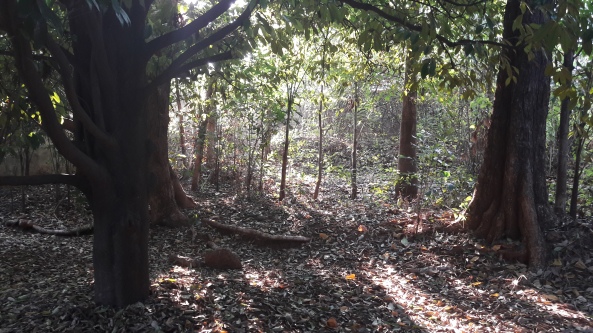
While I walked around the area yesterday, I felt positive energy flowing into me: both physically from the oxygen-laden atmosphere and spiritually from the calming presence of the gently swaying trees. I once again marvelled at the wisdom of paganism, where man instinctively understood his place in the grand scheme of things – not as master, but as a humble cog in the machine. As I stood absorbed by this tiny ecological paradise in a world largely gone to waste, an old mantra to the Earth Mother, which I learned at my mother’s knee, came up in my mind:
Samudra vasane Devi
Parvata sthana mandale
Vishnu patnim namasthubhyam
Paada sparsham kshmaswa me
(O Goddess, wearing the oceans as your dress and having the mountains for your breasts: Consort of Vishnu, I bow to thee; forgive the touch of my feet…)










 professional.
professional. The very first book I remember reading (and I still own it!) is a Donald Duck story where “Unca” Donald and his nephews Huey, Dewey and Louie go in search of the legendary pot of gold at the end of the rainbow, sent on the mission by Donald’s billionaire uncle Scrooge McDuck. Scrooge’s arch nemesis, the witch Magica De Spell is also after the booty which complicates matters.
The very first book I remember reading (and I still own it!) is a Donald Duck story where “Unca” Donald and his nephews Huey, Dewey and Louie go in search of the legendary pot of gold at the end of the rainbow, sent on the mission by Donald’s billionaire uncle Scrooge McDuck. Scrooge’s arch nemesis, the witch Magica De Spell is also after the booty which complicates matters.
